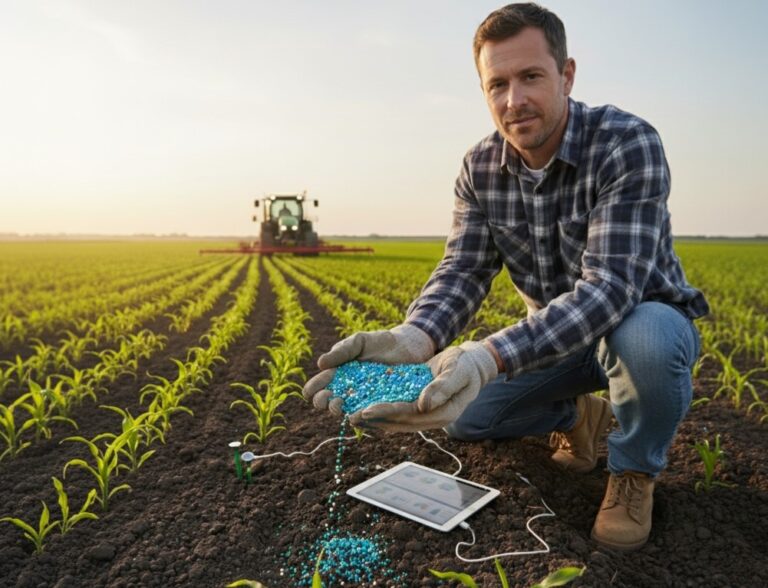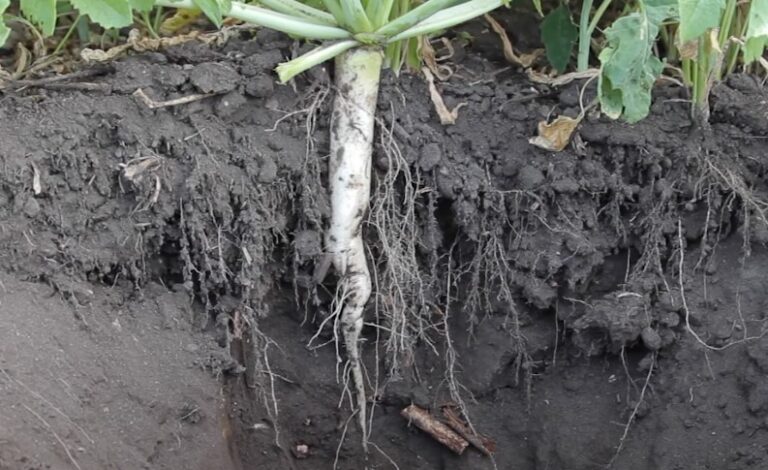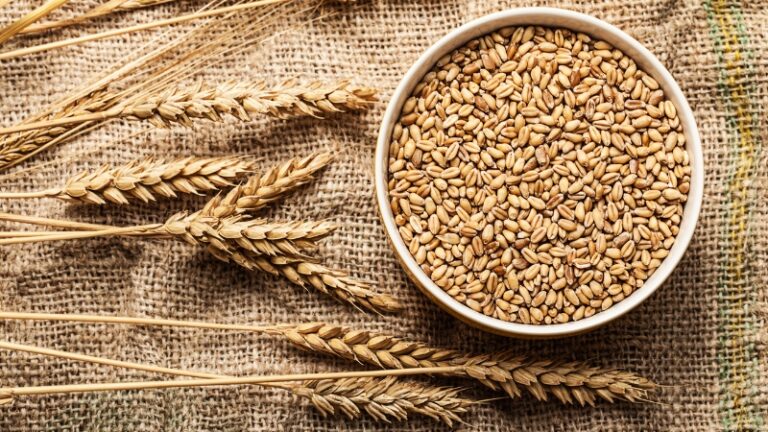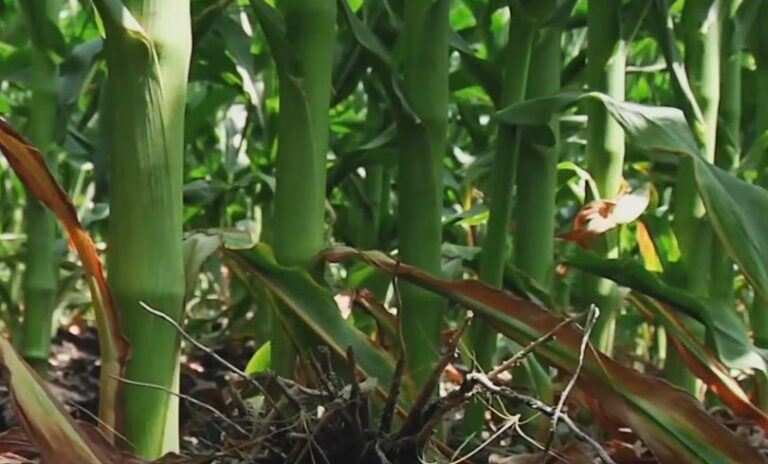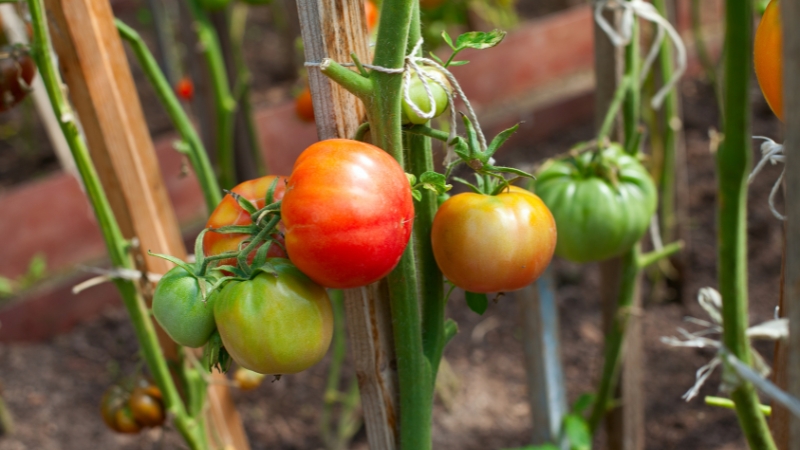You can grow tomatoes indoors and enjoy a fresh harvest year-round—no garden or warm climate required.
All it takes is choosing a compact, fast-growing variety, planting it in a roomy container with high-quality potting mix, and making sure your plant gets at least 8 to 12 hours of bright light daily (from a sunny window or grow lights).
By keeping your tomatoes warm, consistently watered, and hand-pollinating the flowers, you’ll have homegrown fruit ready to pick in as little as two months, no matter what the weather is doing outside.
With the right setup, anyone can have fresh tomatoes at their fingertips every season of the year.
1. Pick the Right Tomato Variety
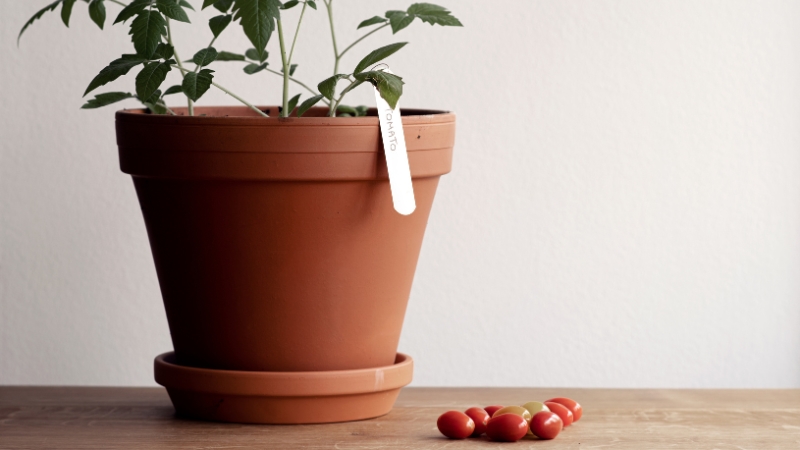
Not all tomatoes are created equal when it comes to indoor gardening. The best results come from choosing varieties bred for small spaces, containers, and fast growth.
Compact “determinate” types—meaning they grow to a fixed, manageable height and produce fruit over a short period—are ideal. Varieties like ‘Tiny Tim’, ‘Micro Tom’, ‘Red Robin’, or ‘Patio Princess’ stay small enough to thrive on a sunny windowsill or under a grow light, while still producing clusters of juicy fruit.
Some indoor growers also succeed with bushy cherry tomatoes or mini slicers like ‘Oregon Spring’, especially if you have a bit more space.
If you’re new to indoor gardening, try starting with seeds from a reputable supplier, or look for starter plants at a local nursery that specializes in patio or dwarf vegetables. Avoid “indeterminate” or vining types (like classic ‘Beefsteak’ or ‘Brandywine’) unless you have plenty of room and don’t mind training your plant up a trellis or support.
Tomato Varieties Suited for Indoor Growing
Variety
Type
Days to Harvest
Notable Traits
Tiny Tim
Cherry
50–60
Extra compact, high yield
Red Robin
Cherry
55–70
Small, pretty, flavorful fruit
Patio Princess
Dwarf Slicer
65–70
Bred for containers
Oregon Spring
Small Slicer
60–70
Tolerates cool temps
Micro Tom
Mini Cherry
45–60
Smallest tomato plant
2. Choose Your Growing Container
Tomatoes develop extensive root systems, even indoors, so they need a bit more room than most houseplants. A pot that’s at least 10–12 inches wide and deep will suffice for dwarf varieties, but larger types will appreciate a 3–5 gallon container.
Always use a pot with drainage holes—tomatoes hate “wet feet,” and standing water will quickly lead to root rot. Fabric pots are a great option for airflow and easy drainage, while plastic or ceramic pots retain moisture better in dry homes.
For maximum control over temperature, humidity, and pests, some indoor growers invest in a grow tent, a portable, enclosed space lined with reflective material that maximizes light and keeps the environment stable.
Grow tents come in various sizes and are especially useful if your home is drafty, dusty, or if you want to grow multiple plants at once. Inside a tent, you can easily control light cycles, keep out pests, and even add a small fan for airflow.
Container Tips
3. Use High-Quality Potting Mix
Tomatoes are heavy feeders and need a loose, nutrient-rich medium to thrive indoors. Skip backyard dirt—it’s too dense for pots and may bring in pests. Instead, choose a high-quality organic potting mix formulated for vegetables or containers.
Look for a blend that includes peat moss or coco coir for moisture retention, perlite or vermiculite for drainage, and compost or worm castings for nutrients. Some indoor gardeners mix in a small handful of slow-release fertilizer at planting to give seedlings a boost.
Refreshing your soil every season is important—old, exhausted potting mix can lead to poor growth and more disease problems. If reusing a container, dump out last season’s soil, scrub the pot clean, and start fresh.
4. Provide Plenty of Light
Tomatoes crave more light than most houseplants—aim for a minimum of 8–10 hours daily, but 12–16 hours is ideal for consistent fruiting.
If you’re blessed with a sunny, south-facing window, place your pot as close to the glass as possible. Rotate your plant every few days to ensure all sides get sun and to prevent leaning.
If natural light is lacking (which is common, especially in winter), supplement with LED grow lights or fluorescent lamps.
Position the light just 2–4 inches above the top of the plant, adjusting as it grows. Many indoor gardeners set their lights on a timer for an automatic “day-night” cycle, which helps tomatoes grow strong and fruit well.
Using a grow tent can supercharge this process—inside the reflective walls, your plants will soak up every available photon, and the enclosed space keeps temperatures steady.
5. Water Carefully—But Don’t Overdo It
Proper watering is critical for indoor tomatoes. They need consistent moisture but hate sitting in soggy soil. Let the top inch of soil dry out before watering again—usually every 2–4 days, depending on your home’s humidity and temperature.
When you water, soak the soil thoroughly until water runs from the bottom, ensuring the roots are reached.
Use room-temperature water to avoid shocking your plant, and avoid splashing leaves (wet foliage can invite disease). If your pot sits on a saucer, pour off any excess water after 30 minutes to keep roots healthy.
In a grow tent, humidity can rise, so check soil moisture more frequently—tents can sometimes dry out soil faster due to increased airflow.
Warning Signs
6. Feed Regularly
Tomatoes are nutrient-hungry, especially when fruiting. Start feeding every 2–3 weeks with a balanced liquid fertilizer (such as 10-10-10 or one labeled for tomatoes) once your plant has a few true leaves.
When flowers appear, switch to a “bloom” or fruiting fertilizer higher in potassium and phosphorus, which supports fruit growth and flavor.
If you’re growing in a small pot, you may need to fertilize even more frequently, as nutrients wash out faster with regular watering. Always follow label instructions, as too much fertilizer can “burn” roots and leaves.
7. Support Your Plants
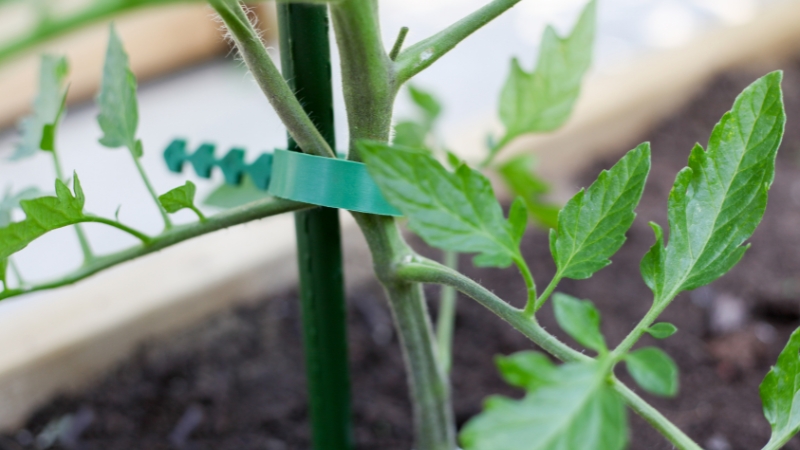
Even dwarf or bush varieties benefit from support. As your plant grows and starts setting fruit, stems can become top-heavy and may bend or break.
Insert a small tomato cage, bamboo stake, or even a sturdy chopstick into the pot at planting time.
Use soft plant ties, string, or twist-ties (not wire) to gently secure stems to the support. This not only protects your harvest but also encourages better airflow, reducing the risk of disease.
In a grow tent, vertical space is precious. Train vines upward if needed, and trim side shoots or leaves that crowd the light.
8. Pollinate Flowers By Hand
Because there’s no wind or pollinating insects indoors, you’ll need to lend a hand when your plant starts flowering.
Each day, gently shake the plant to help transfer pollen, or use a soft paintbrush or cotton swab to touch each flower’s center and spread pollen from blossom to blossom. Hand-pollination boosts fruit set dramatically, and only takes a minute or two a day.
If you’re growing several tomato plants in a grow tent or close together, a small fan on a low setting can also help move pollen between flowers and improve air movement for healthier plants.
9. Watch for Pests and Problems
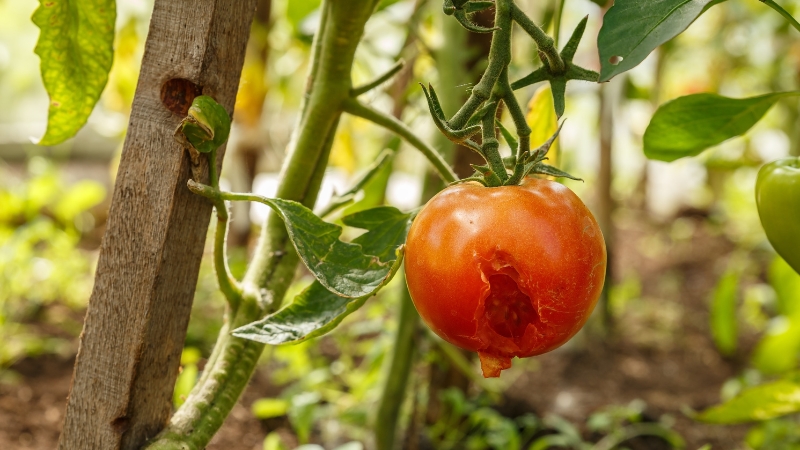
Indoors, tomatoes are safer from many outdoor pests, but problems can still arise. Common indoor pests include aphids, spider mites, or whiteflies—look for sticky residue, yellowing leaves, or fine webbing.
Treat infestations early with insecticidal soap or by rinsing leaves with water. If you spot fungus or mildew (especially in humid tents), improve airflow and avoid getting foliage wet.
Yellow leaves can also signal over- or underwatering, root rot, or lack of nutrients. Remove dead or diseased leaves promptly to keep plants healthy and productive.
10. Harvest and Enjoy!
Your patience pays off when clusters of ripe tomatoes appear. Most indoor-friendly varieties are ready to pick 50–70 days after planting. Tomatoes are best harvested when fully colored (red, orange, yellow, or even purple, depending on the variety) and slightly soft to the touch.
Snip or gently twist off the fruit—overripe tomatoes may drop on their own, so check daily when ripening begins.
Indoors, tomatoes often produce smaller but more frequent crops, so keep harvesting to encourage continuous fruiting. If you’ve staggered your planting, you could be eating fresh tomatoes every week, year-round.
Conclusion
@shershegrows My best tips for growing tomatoes indoors! 🍅🪴 #growingtomatoes #indoorvegetablegarden #indoorgardentips #hydroponicgardening ♬ original sound – Sher
Growing tomatoes indoors is both practical and rewarding, giving you a steady supply of sweet, homegrown fruit no matter what’s happening outside.
By choosing the right varieties, containers, soil, and lighting—and taking a few extra steps like hand pollination and regular feeding—you can enjoy vibrant, healthy tomato plants all year long.
Whether you go the simple route with a sunny windowsill or set up a dedicated grow tent for a mini indoor garden, you’ll quickly discover the taste of your tomatoes is worth every effort. Happy growing!


